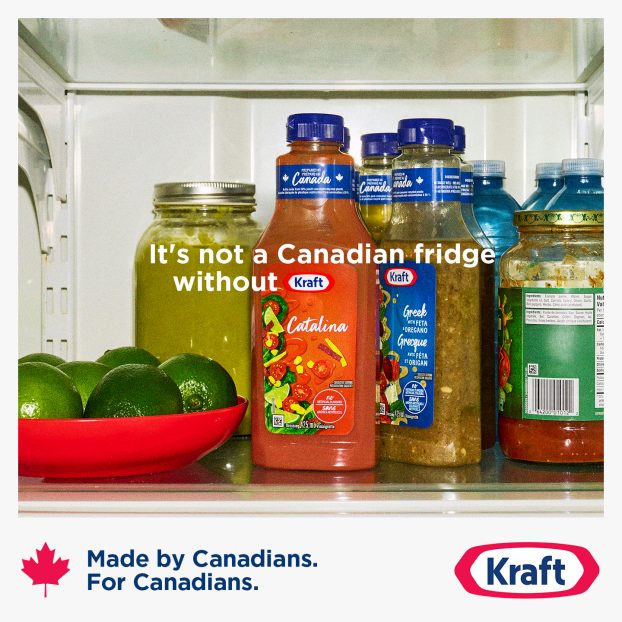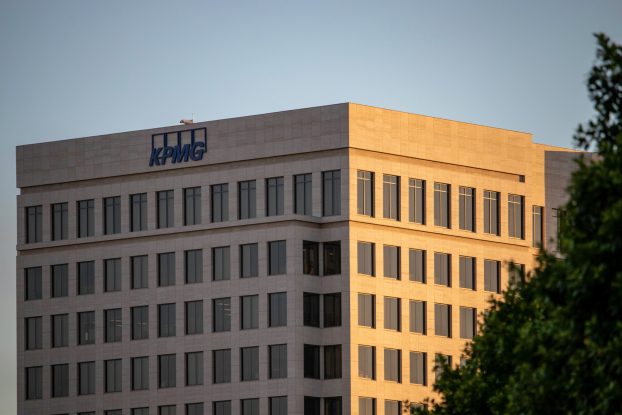Many of our clients use premiums and incentives in a variety of ways, from catching customers’ attention and boosting response in acquisition mailings, to thanking or rewarding loyal customers in retention efforts.
It’s one reason we have premium and incentive specialists on staff in both our Quebec City and Toronto offices, whose sole job it is to conceptualize, source and produce unusual premiums.
In each case, our clients are sensitive to the role that premiums and incentives play in conjunction with their product or corporate image.
And, in my opinion, premiums and incentives can go a long way toward reinforcing that image.
One of our clients, Novotel Hotels, has successfully used premiums in direct mail programs to reinforce its corporate positioning as ‘The Hotel with the European Touch’.
Novotel tested premiums that tied in with its European origins, such as cafe au lait bowls and French berets, along with a more traditional offer of a free room night, in a direct mail program aimed at corporate travel planners.
While the free room night pulled a higher overall response, the European-style premiums were popular enough to encourage Novotel to continue using incentives that support its brand image, such as sweepstakes trips to Europe.
The Bank of Nova Scotia is very careful about selecting premiums and incentives that fit with its corporate and product images. For example, it recently launched a promotion for its ScotiaLine Personal Line of Credit product that offered ten prizes of cruises in the Caribbean as the incentive for customers to activate their accounts.
Not only did the cruise ship catch people’s attention, it fit perfectly with the image of this upscale financial product and its well-off, financially-astute customers.
For Chatelaine magazine, we tested premiums that integrated with the magazine’s image and advertising campaign, such as colorful tote bags and travel clocks, against a less-related premium, a sports wristwatch. In this case, the wristwatch pulled the higher response.
But that’s the beauty of direct marketing. You can test whether a brand image-oriented premium will outpull an unrelated but popular item.
You can do inexpensive ‘grandmother’ research, showing your premium selections to 30 or 40 people in your target audience. Or better still, do an actual in-market test by varying the premium offers in direct mail and inserts.
If the differences are not that significant, you may want to go with the image-oriented premium for the benefit of helping to build the brand. At the very least, the premium should match the tastes and psychographics of your target audience.
As for determining the value of the premium, we usually start with a pre-determined budget for a program which includes money set aside for premiums.
Working from projected response rates (and therefore fulfilment rates) we can determine the quantity of premium required and therefore, the per-unit cost.
For some projects, you can take the mathematics a step further and calculate the ‘lifetime value’ of an acquired customer and factor this into your premium value.
In every case, we try to select a premium that has a high perceived value among customers, which is not necessarily the highest value.
These days, I’m seeing an increase in rebate incentives, particularly from credit card marketers and even car companies in the u.s., who are offering rebates toward the purchase of new cars to customers using certain co-branded credit cards.
There also seems to be an increase in the use of ‘predatory’ premiums and incentives, where a coupon, proof-of-purchase or registration from one company is good for a discount or upgrade from one of its competitors.
There is no doubt that premiums and incentives are, and will continue to be, an important part of successful direct marketing, boosting response rates and helping to reinforce the image of established brands.
Nancy Lee Jobin is vice-president and general manager of Blitz, a full-service response marketing agency with offices in Quebec City and Toronto.























